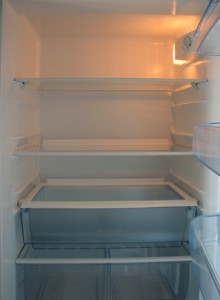 This happens more often than I care to count. Someone asks me if it is ok to store his or her cigars in the refrigerator.
This happens more often than I care to count. Someone asks me if it is ok to store his or her cigars in the refrigerator.
Well, there is a short answer and a long answer.
The Long Answer…
Warning labels are for suckers. I mean we shouldn’t have them.
It is just a way to stop, for the most part, stupid people from shoring up the human gene pool.
We are only as strong as our weakest link.
If we stopped printing warning labels like, “Coffee May be Hot,” or “Don’t Operate Chainsaw Under Influence of Alcohol,” we might be collectively be smarter when those people are gone.
That said, there really is not a warning label on a cigar that says, “Don’t put cigar in the refrigerator.”
There is also not a warning label on the refrigerator that says something like, “Not suitable for storage of automotive oil, platypus urine, tar paper, or cigars.
So, it is understandable how some people could be confused.
Not having a humidor is really the “go to” excuse people use.
If you don’t have a humidor, make a small coolidor and call it good, but don’t get cigars anywhere near your refrigerator unless you are fighting tobacco beetles.
The Short Answer…
NO. It is bad for them. Wrong temperature, wrong humidity.
Hear endeth the lesson. Any questions?
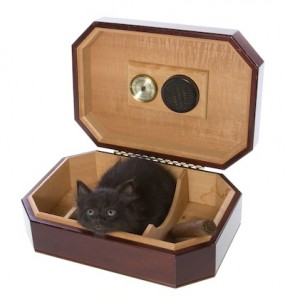
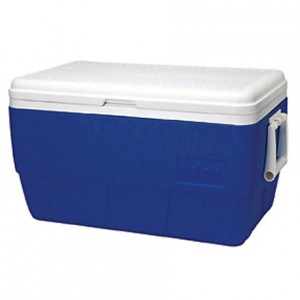
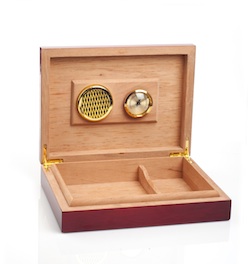 Deciding which size humidor you should buy seems like one of those obvious questions that prompt the response, “well, how many cigars are you going to hold?”
Deciding which size humidor you should buy seems like one of those obvious questions that prompt the response, “well, how many cigars are you going to hold?” Even before you know what you’re doing, you can ‘look the part’ of an accomplished cigar smoker. These are the four essential items you will want to have.
Even before you know what you’re doing, you can ‘look the part’ of an accomplished cigar smoker. These are the four essential items you will want to have.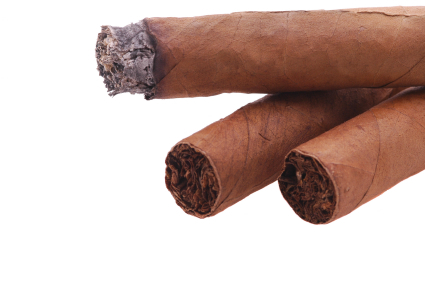
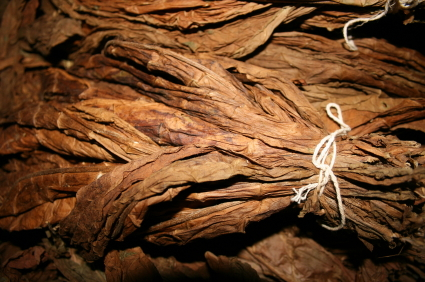
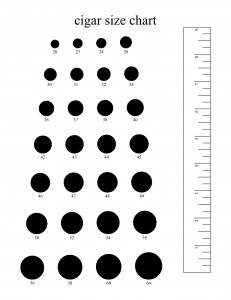


Recent Comments